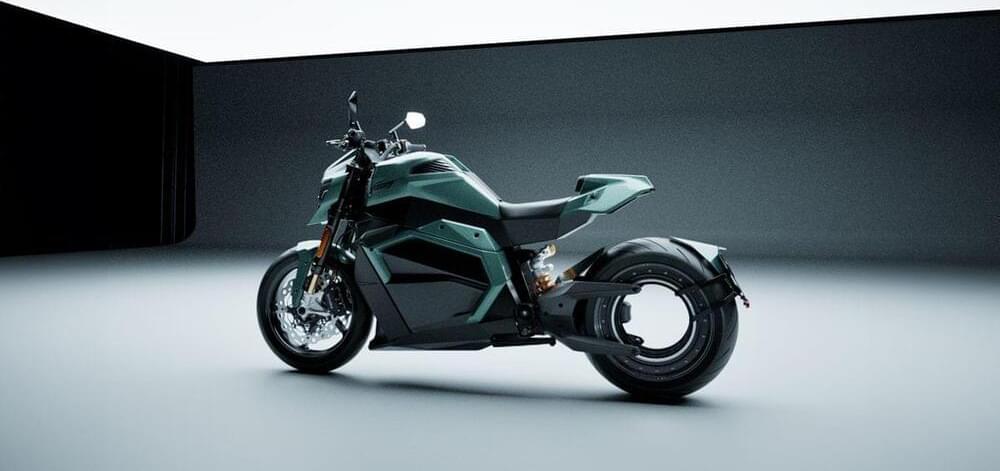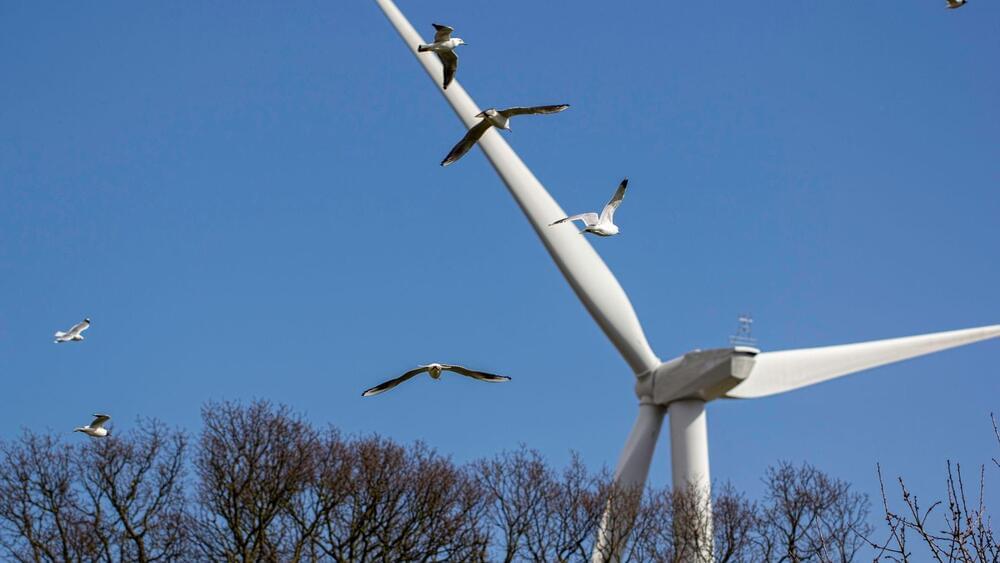China is taking a new innovation to trial.
China’s innovative move: trials for a two-way charging system in major cities next year. Explore how electric vehicles might soon support the grid.
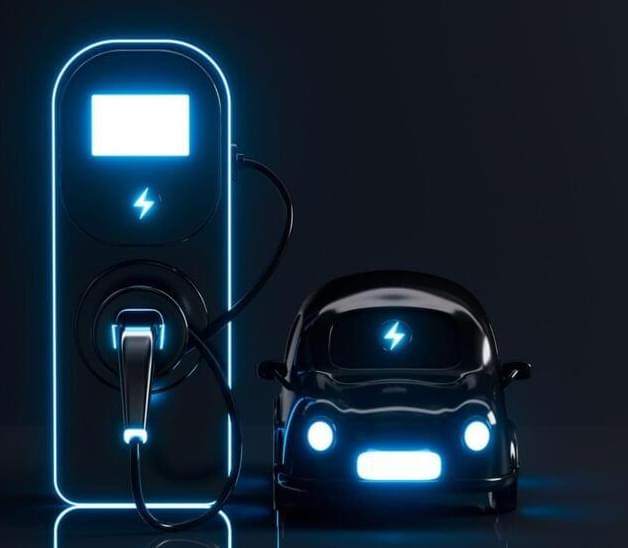
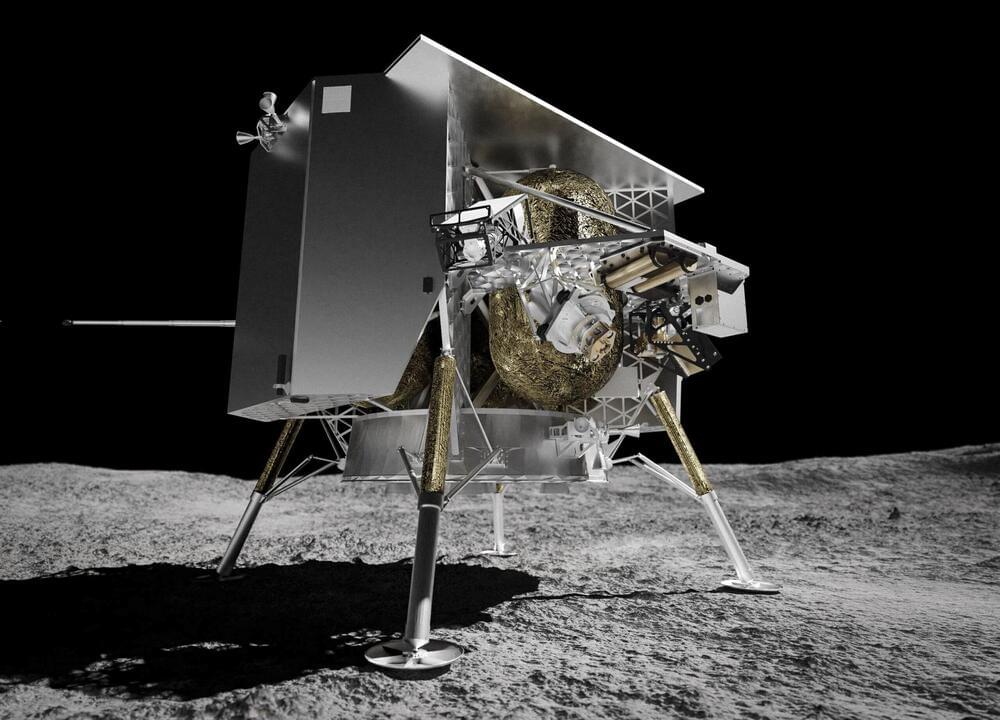
A crippling fuel leak forced a U.S. company on Tuesday to give up on landing a spacecraft on the moon.
Astrobotic Technology’s lander began losing fuel soon after Monday’s launch. The spacecraft also encountered problems keeping its solar panel pointed towards the sun and generating solar power.
“Given the propellant leak, there is, unfortunately, no chance of a soft landing on the moon,” Astrobotic said in a statement.
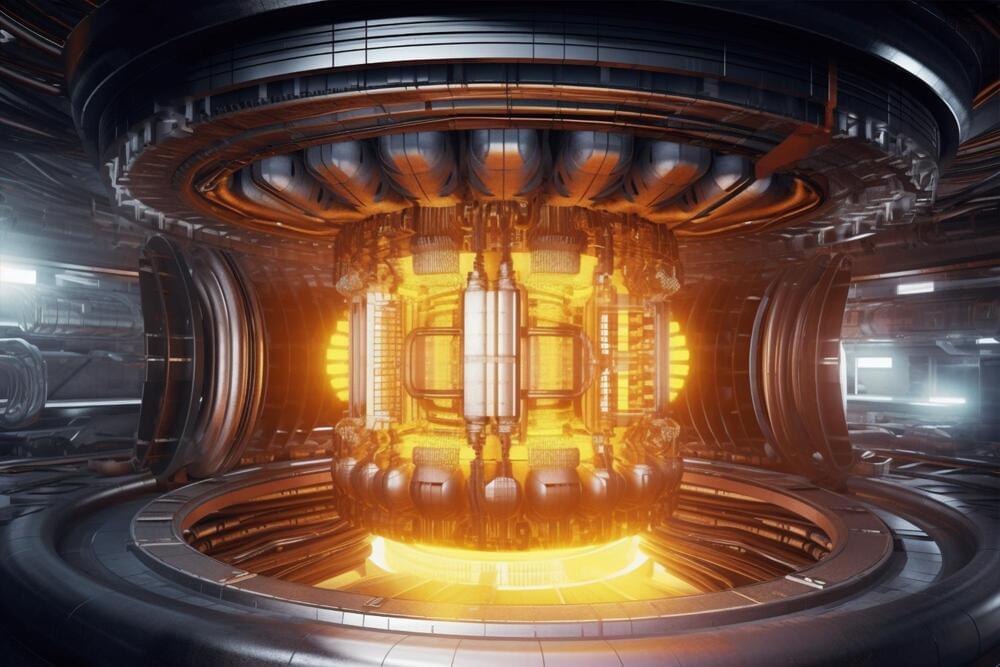
Fusion’s success as a renewable energy depends on the creation of an industry to support it, and academia is vital to that industry’s development.
A new study suggests that universities have an essential role to fulfill in the continued growth and success of any modern high-tech industry, and especially the nascent fusion industry; however, the importance of that role is not reflected in the number of fusion-oriented faculty and educational channels currently available. Academia’s responsiveness to the birth of other modern scientific fields, such as aeronautics and nuclear fission, provides a template for the steps universities can take to enable a robust fusion industry.
Insights from Experts.
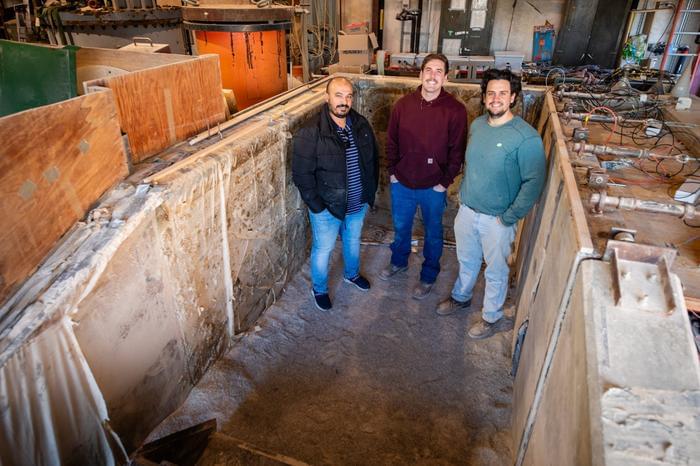
As climate change continues to ravage the planet, coastal cities are at the highest risk due to coastal flooding attributed to sea level rise. According to the National Oceanic and Atmospheric Administration, approximately 127 million people in the United States alone live in coastal counties, or almost 40 percent of the entire population. Therefore, steps to protect coastal communities are of the utmost importance to mitigate the long-term impacts of climate change.
Strengthening coastal defenses from rising seas levels is what a groundbreaking study known as the PIONEER project, which is funded by the Engineering and Physical Sciences Research Council, hopes to address as scientists estimate coastal sea levels in the United States will experience the same sea level rise by 2050 that was experienced between 1920 and 2020, between 0.82 to 0.98 inches (0.25 to 0.30 meters).
“This is an interesting study because it combines, probably for the first time, the interactions for the effect of the water flooding on soils and, subsequently, on shoreline protective structures,” said Dr. Sherif Abdelaziz, who is an associate professor in the Charles E. Via, Jr. Department of Civil and Environmental Engineering, and one of many collaborators on the PIONEER project. “We will be able to assess how all these factors interact together so we can better design our shoreline protective structures to sustain the increasing intensity of waves and floods.”
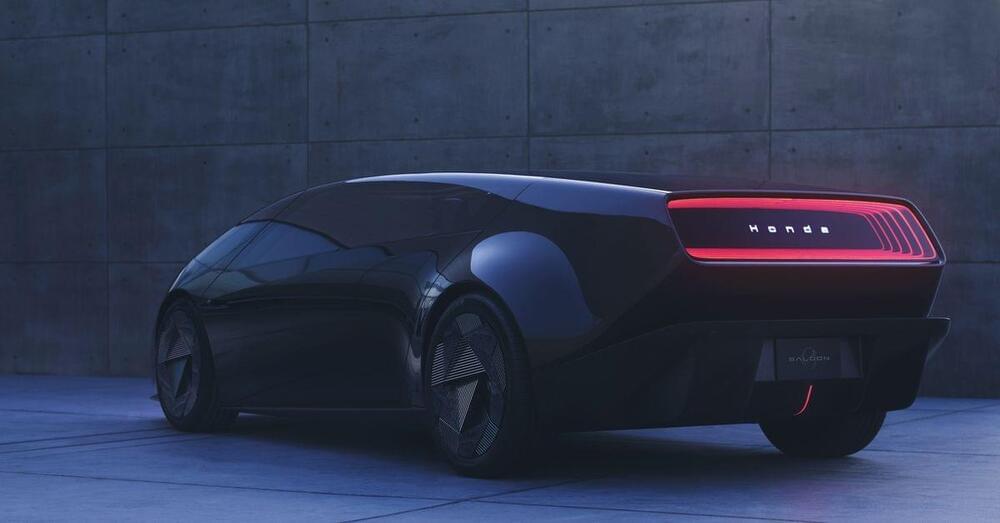
Honda Zero includes two concepts: the sleek, sedan-like Saloon, and a boxier big-booty van-thing called the Space-Hub.
Honda announced a new global electric vehicle series, dubbed Honda Zero, presenting it as an antidote to the recent trend of “thick, heavy” EVs seen on the road today.
Honda released two concepts for its new Honda Zero series.

There are very few animals as important to our world as honeybees. There is, of course, the delicious honey they produce, but they are also essential in maintaining food security and the biodiversity that is threatened by climate change and becoming our strongest natural defense against it.
But with the planet facing a climate change-induced loss of biodiversity, what happens when honeybees die?
New Northeastern University research, published in Communications Biology, aims to help address the impending biodiversity crisis. The researchers say they have found a new strategy for restoring lost biodiversity by, essentially, identifying the equivalent of a honeybee in different ecosystems and reintroducing it into a particular collapsing ecosystem.
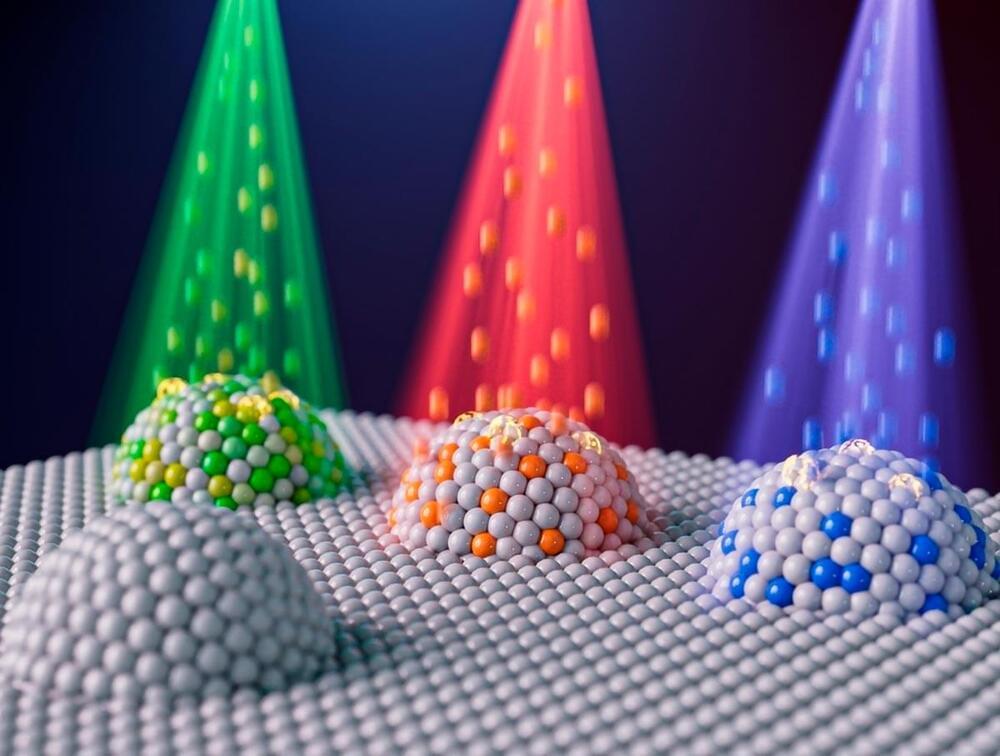
The work demonstrates control over key properties leading to better performance.
MIT researchers and colleagues have demonstrated a way to precisely control the size, composition, and other properties of nanoparticles key to the reactions involved in a variety of clean energy and environmental technologies. They did so by leveraging ion irradiation, a technique in which beams of charged particles bombard a material.
They went on to show that nanoparticles created this way have superior performance over their conventionally made counterparts.
